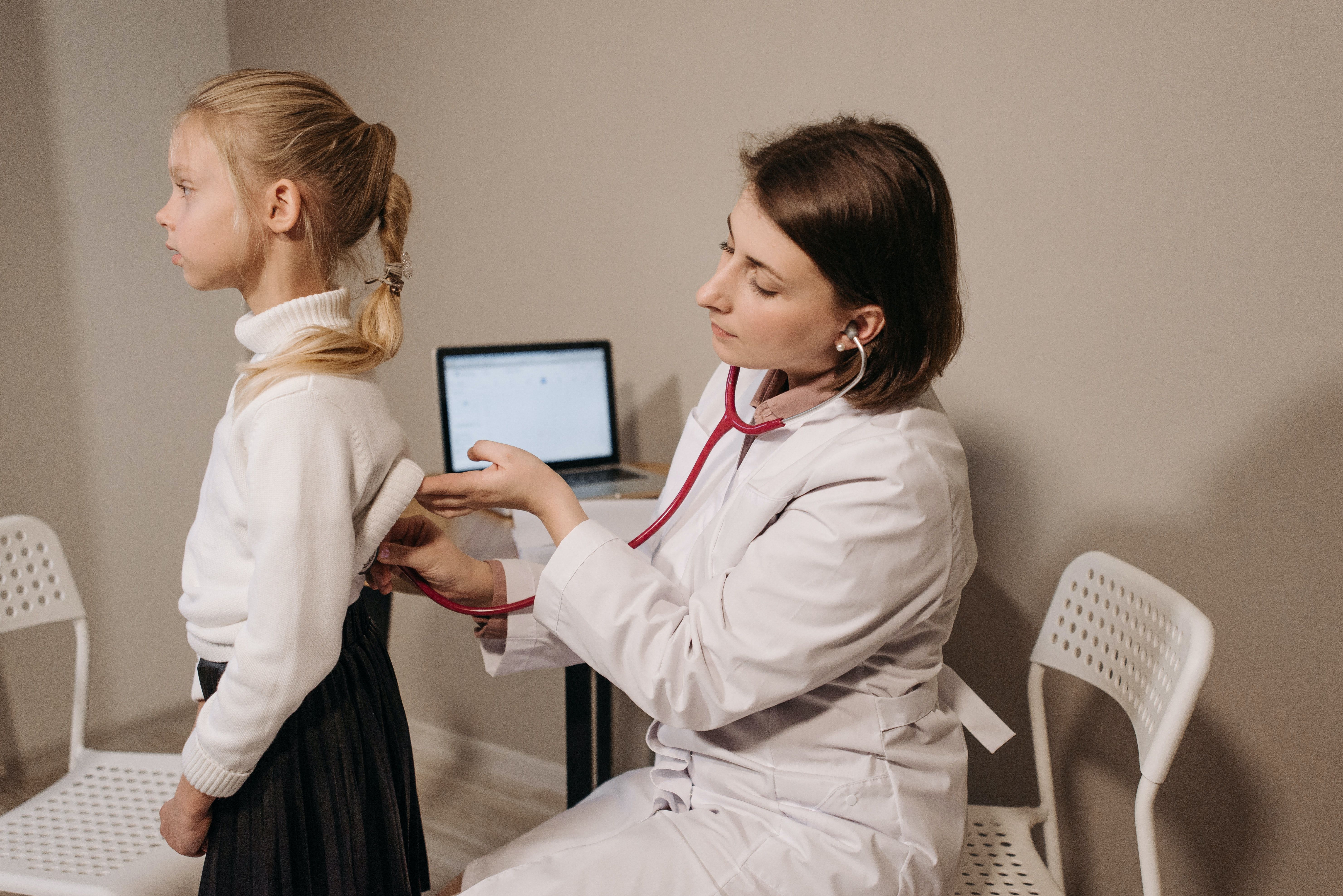Increase in Enteroviruses Seen with Decreases in COVID-19 Precautions
The Centers for Disease Control and Prevention (CDC) reports the rise in pediatric acute respiratory illnesses especially as there is a decrease in hygiene measures that were previously employed during the pandemic.

The CDC recently released an article in its Morbidity and Mortality Weekly Report (MMWR) discussing the rise in Enterovirus D68 (EV-D68) within the pediatric population.
The recent article discussed previous trends with EV-D68. They note that past outbreaks have occurred biennially in the United States during 2014, 2016, and 2018. According to the report, the United States is facing another year of increased viral illness due to EV-D68, specifically in the child and adolescent populations. This year, the elevated numbers are believed to be associated with a decrease in COVID-19 hygiene measures (e.g., increase hand hygiene, implementation of utilizing face masks, and social distancing).
While COVID-19 is still a threat, the increased hygiene practices that protected us from other illness along with COVID-19 have been on the decline. With the decrease in hygiene measures, we had begun to see an increase in emergency department visits in pediatric patients associated with acute respiratory illness and asthma/reactive airway diseases in the summer of 2022.
The overall analysis associated with this tendency is comprised of three different reports: the weekly number of ED visits in pediatric patients from week 1 of 2018 through week 37 of 2022 provided by the National Syndromic Surveillance Program, the weekly percentages of positive rhinovirus/enterovirus (RV/EV) test results from week 1 of 2014 through week 35 of 2022 provided by the National Respiratory and Enteric Virus Surveillance System, and the RV/EV and EV-D68 detection rate in the pediatric population who presented to the ED or were hospitalized for acute respiratory illness from 2017-2022 provided by the New Vaccine Surveillance Network (NVSN).
“During March 1–September 20, 2022, NVSN enrolled 5633 children and adolescents with ARI seeking emergency care or requiring hospitalization. Testing is ongoing; however, as of September 20, 2022, RV/EV was detected in 1492 (26.4%) of these patients, among whom 260 (17.4%) had a positive EV-D68 test result,” the MMWR reported.
These reports suggest that in weeks 15 through 37 of 2022, there has been an increase in the percentage of both children and adolescent ED visits associated with acute respiratory illness (ARI) when compared with previous data of the same weeks from 2018 – 2020. In pediatric ages 0-4 years, the data from week 37 shows the highest number of ED visits associated with asthma/reactive airway disease (RAD) in all of 2018-2022.
Another interesting finding from this year involves the percentage of positive RV/EV nucleic acid amplification test results. These tests are normally elevated in the late summer into early fall every year. However, this trend was not seen during 2020 which may be associated with the increase in respiratory hygiene practices. This year, the percentage of RV/EV test results almost doubled from week 32 to week 35 (15.8% versus 31.4%); this trend has been seen in previous years with EV-D68 outbreaks.
The report stated that clinicians should consider EV-D68 as a possible cause of acute respiratory illness and acute flaccid myelitis (AFM) in children and adolescents this fall and be aware of guidance for prompt testing and referral for patients with suspected AFM. “Health care facilities should be prepared for possible increases in pediatric health care use associated with severe EV-D68–associated respiratory illness,” the report says.
It is of upmost importance for clinicians to be aware of this increase in EV-D68 as more patients will likely be seeking medical care. While most children may only experience typical respiratory symptoms (cough, nasal congestion, etc.), children with pre-existing respiratory diseases may be prone to more severe illness requiring hospitalization. Additionally, there is potential for some children to experience AFM with muscle weakness and paralysis after the virus. Limb weakness should prompt patients and clinicians to seek hospitalization, especially after a viral illness.
Recently in the summer of 2022, poliovirus was detected in the water samples in New York. Given this recent discovery, providers need to also test patients with suspected AFM for poliovirus as these disease states present similarly.
“Ongoing surveillance is necessary to understand when and where future circulation and EV-D68–associated severe illness might occur, given the potential changes in virus circulation and population immunity related to COVID-19 mitigation measures.”
